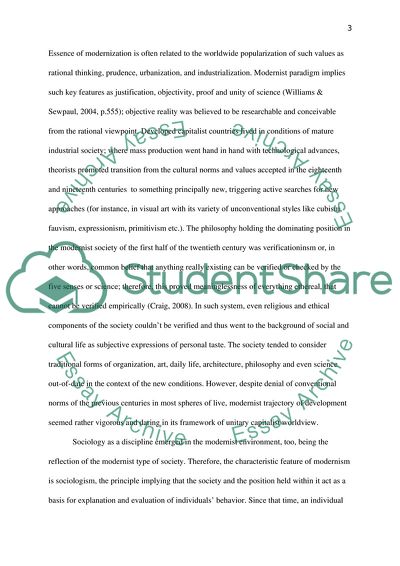Cite this document
(Are We Living in a Postmodern Society Essay Example | Topics and Well Written Essays - 2000 words, n.d.)
Are We Living in a Postmodern Society Essay Example | Topics and Well Written Essays - 2000 words. https://studentshare.org/sociology/1860444-knowledge-and-belief-do-we-live-in-a-modern-or-postmodernity
Are We Living in a Postmodern Society Essay Example | Topics and Well Written Essays - 2000 words. https://studentshare.org/sociology/1860444-knowledge-and-belief-do-we-live-in-a-modern-or-postmodernity
(Are We Living in a Postmodern Society Essay Example | Topics and Well Written Essays - 2000 Words)
Are We Living in a Postmodern Society Essay Example | Topics and Well Written Essays - 2000 Words. https://studentshare.org/sociology/1860444-knowledge-and-belief-do-we-live-in-a-modern-or-postmodernity.
Are We Living in a Postmodern Society Essay Example | Topics and Well Written Essays - 2000 Words. https://studentshare.org/sociology/1860444-knowledge-and-belief-do-we-live-in-a-modern-or-postmodernity.
“Are We Living in a Postmodern Society Essay Example | Topics and Well Written Essays - 2000 Words”. https://studentshare.org/sociology/1860444-knowledge-and-belief-do-we-live-in-a-modern-or-postmodernity.


